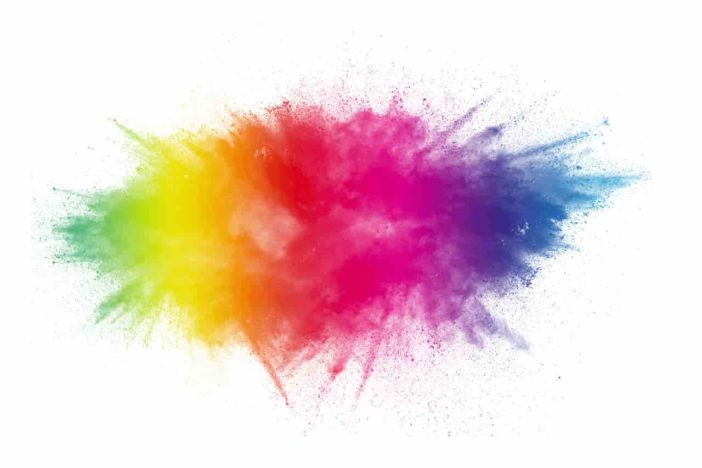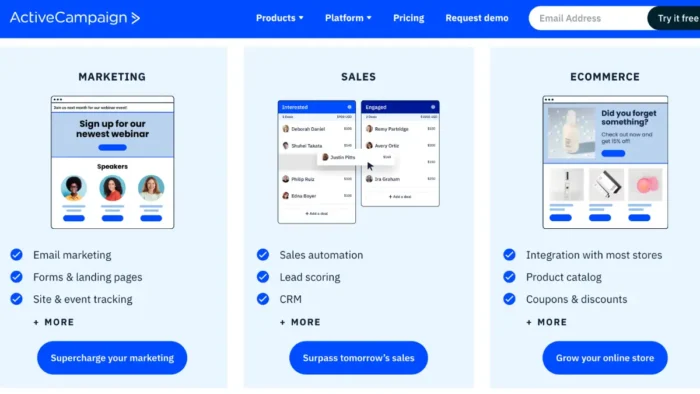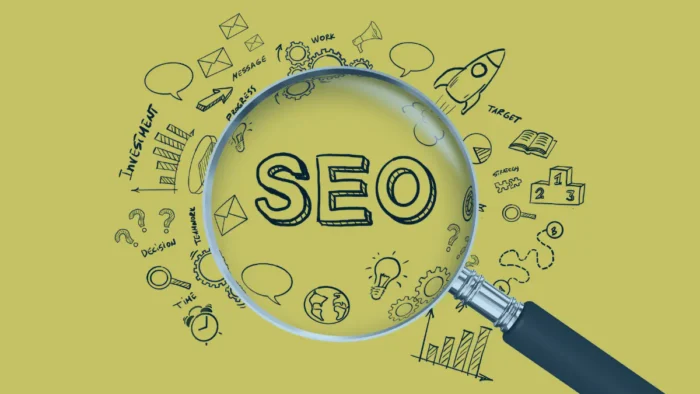Simply choosing any kind of color for your presentation folder can hurt your marketing efforts. The truth is, although your presentation folders’ looks are very important, what’s equally as important is the psychology of the colors that you are using.
Why Colors are Important for Your Small Business?
Depending on the colors, it can cause your prospective clients to relax. Or feel stimulated or induce the feeling of stability (just to name a few). With how strong the impact of the psychology of colors is, failing to give it careful consideration and focusing only on your folders’ aesthetics can ultimately cause you to lose a contract with your prospective clients.
Having said that, I’ll talk about the common colors that are used and what kind of psychological effects it brings to your prospective clients. But before I do that, I want you to know that I am as genuinely interested to hear from you. What do you have to say about the ideas that will be shared? I urge you to think about your own experience. Share anything which you think might be helpful to the readers. For example, some designers employ unique shapes for their folders. Visit CompanyFolders.com to browse an enormous variety of unique die-cut presentation folders for your next project.
These are things that you should consider the colors’ psychology even before using them on your presentation folders.
Orange Color for Your Presentation Folder
The color orange is an antidepressant. It also helps relieve people of their lack of self-esteem, self-pity and it brings about a general emotional positive outlook on the viewers. That said this color is a winner if your business is in consulting or rehabilitation.
Black Color for Your Presentation Folder
While the black color induces the feeling of protection and comfort, it also brings about a mysterious effect that can be very damaging to your goals.
Using mystery “might be” the last thing that you want to use in your marketing strategy. Especially if you want to establish trust and credibility with your prospective clients. On a stage where you want them to sign a contract, you’d be better off being transparent and showing them facts or statistics that are to their advantage. Being transparent gives them a feeling of security that makes it easier for them to say yes to your proposal.
Conversely enough, if you know how to use mystery to your advantage, it can “WOW” your prospective clients. Sometimes this can put you in an overwhelmingly good position.
Green Color for Your Presentation Folders
The green color has a calming and relaxing effect. With that kind of psychology, using the color green on your presentation folders is ideal if you’re trying to market spas or anything where relaxation is what your business is trying to offer.
Using this on services that supposedly bring excitement or something extreme might backfire on you instead of giving you good results.
Red Color for Your Presentation Folders
The color red is a stimulating color. It’s almost the exact opposite of what the color green is trying to achieve.
That said if you’re marketing extreme sports or products/services like skateboards, air-soft, or racing, this is one of the best colors that you can possibly choose.
Brown Color for Your Presentation Folders
The color brown brings about the feeling of stability and security.
As you may already know, stability and security are key factors. Especially if you want to hear your prospect’s “YES” to your proposal. Utilizing the color brown can help you do just that.
The right color psychology plus good aesthetics on your presentation folders can pretty much give your presentation a good start. These small yet very critical matters should never be overlooked if you want to get the best results in your meeting with your prospects.
That said, be sure to take note of the colors and their psychological effects to ascertain that it doesn’t hinder your presentation’s success!
Question: What type of colors you are using and what is the psychology behind them?





